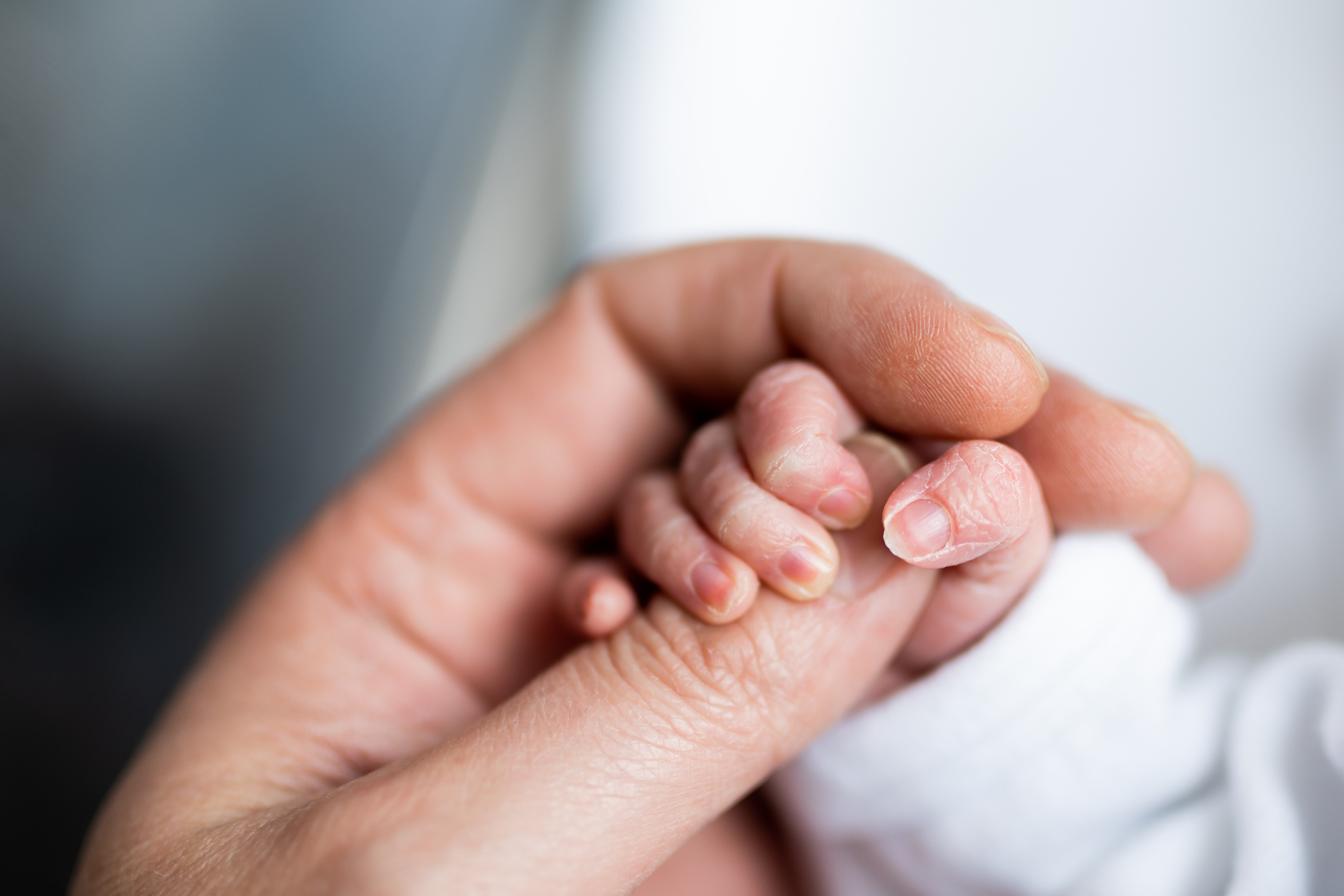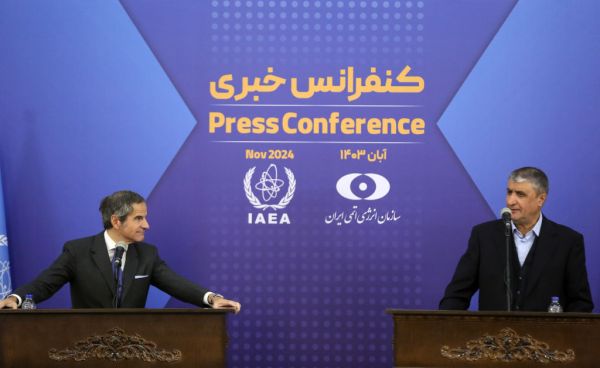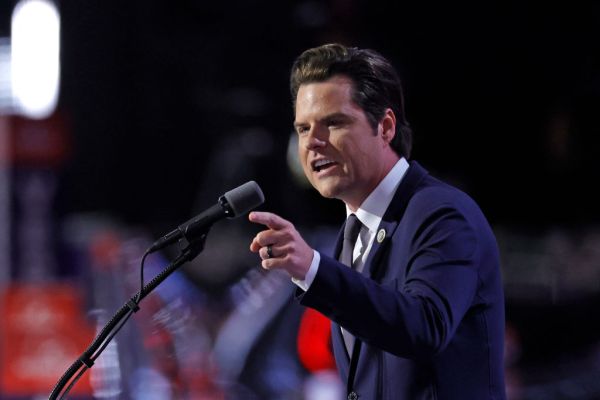A resurfaced comment made by Sen. J.D. Vance about the “childless cat ladies” who supposedly run the Democratic Party could be understood as just the latest entry in an increasingly tense culture war over parenthood and natalism. But the ensuing furor points to something else, something that’s often wished away: People’s reproductive decisions are never really fully private.
Decisions about family and fertility cannot be divorced from public debate, and not just because childless women spook some people or because most developed nations face below-replacement birth rates. Rather, our social atmosphere sets the tone for how we think and talk about having kids (or not). The current cultural climate tends to throw the full burden of this choice onto individuals, usually women, and it declines to present family as a straightforward good. As a result, children come to be seen as just one possible adventure among others.
Such suffocating public neutrality is at least part of what a minor flurry of books over the past year have attempted to correct. Amid plummeting marriage and birth rates, these books point to the social and economic value of family along with its enduring promises of fulfillment. But it is Anastasia Berg and Rachel Wiseman’s new book, What Are Children For? On Ambivalence and Choice, that most directly confronts debates over whether having kids is defensible at all. It’s a provocative, persuasive book that rightly perceives that behind discussions about how economics, family policy, or climate change impact people’s reproductive choices lies a deep uncertainty about the goodness of human life itself.
What Are Children For? is bookended by personal essays from its authors, who are also editors of the magazine The Point. Wiseman reflects on her crippling doubts over whether to have children to open the work, and Berg offers a meditation on motherhood to conclude it. The four intervening chapters address different sources of modern ambivalence and reluctance to have children. The authors tackle a wide variety of issues that tend to complicate reproductive decisions: the strange idea that romantic love becomes contaminated if one partner wants children too soon; or the fact that modern men, in an act of misplaced deference to female autonomy, often leave the decision almost entirely to women. They explore the significance of reproduction being, for the first time, a fully deliberate choice, and the related idea that having kids is one possible life path among many other equally valid ones. With its newfound optionality, the towering possibility of creating life confronts people with a decision more totalizing than most 20-or-30-somethings are accustomed to making at that age.
Berg and Wiseman address their book to politically progressive readers who are on the fence about this choice. Along the way, they dissect and debunk common refrains in debates over reproduction in academic and popular thought. For example, many young people—including some they interviewed or surveyed in the book—frequently cite finances and a high cost of living as reasons to avoid having children. Yet the authors show that a purely economic explanation of plummeting birth rates is far from complete. As they explain, “Even in countries with robust pro-family policies … millennials are often no more likely to start families than their American counterparts.”
They also examine feminism’s indecisive appraisal of maternity. Some feminists, like the Canadian writer Shulamith Firestone, see it as the crux of female oppression; others, such as philosopher Sara Ruddick, treat motherhood as a key source of human goodness, one that ought to be evangelized. Berg and Wiseman show how the feminist tradition has its own ambivalence about motherhood which, while fascinating and stimulating, will likely leave its students with all the uncertainty they began with.
The authors turn to recent literary portrayals of motherhood, too, as possible resources for those grappling with the decision to have children. But these works confine themselves to the mother’s psyche and the conflicts between mothering and artistic creation that she constantly mulls over. Other characters (even fathers and babies) play a minimal role in story development; it all unfurls within the mother’s brain. These works of literature may be worthwhile in their own right, but they are nonetheless unable to fully explain whether one should have children—or answer why people settle on different answers.
Throughout these discussions, What Are Children For? understands that not everyone is meant to (or can) have children. But the book also argues that the stakes of the modern ambivalence over having children often aren’t really over finances or pessimistic portrayals of motherhood. It captures how personal decisions about family have become confused by certain cultural undertones that question whether reproduction is morally defensible at all.
This becomes especially evident among a strain of anti-natalism motivated by worries about climate change and the possibility of mass suffering. Berg and Wiseman consider a certain level of climate disaster to be a real possibility, and yet they think that a full-throated antinatalism (climate-driven or otherwise) usually doesn’t confront the full and radical ethical stakes of its position—which boils down to the idea all human life, and with it all human action, is necessarily premised on an original and ongoing sin of reproduction. If human evil or suffering is too endemic and severe to justify the continuation of our species, then every time someone decides to have a child, she is guilty of “moral calamity.” Most people with moral concerns about having children don’t think in these terms, but Berg and Wiseman show that the logic pushes in this direction.
Despite these (often understandable) underlying fears over suffering, they argue, most of us are probably more committed to our species than we realize. The fact that we engage in leisurely activities, pursuits not done for any purpose external to itself—listening to music, enjoying a novel, playing a game with friends—suggests that, at some level, we know that there is something irreducibly good about human life, whatever hardships might come our way. As the authors put it, “The legitimacy of human life does not depend on a remote possibility of a better world to come but is grounded in the objective goodness of at least some of our real commitments, here and now.”
Seeing this allows us to acknowledge the good of future lives, too, and therefore view creating new life as a worthwhile endeavor. As Berg and Wiseman write, “The ability to recognize the goodness of human life in the future depends on our ability to recognize those things that render our life good at present: our capacity to pursue ends that do not merely gratify our interests, needs, and desires, but those that we recognize to be unconditionally pursuit-worthy” (emphasis added). To be sure, once you think through and clarify your view of human life, you may still decide not to have children. But your decision will no longer be clouded by the cynical mood hanging over much of the debate.
What Are Children For? provides a real service in helping readers navigate the stakes of today’s reproductive debates. But for all the intellectual and moral depth they perceive in the act of having children, they oddly stop short of acknowledging its full significance—even as the force of their writing gestures toward it.
Berg and Wiseman surmise that having a child is perhaps “the most basic way to affirm our existence.” But they suggest that the grounds for this affirmation cannot be known, and perhaps ought not be explored. “While the problem of how to affirm life in the face of pain, sacrifice, and failure has the structure of a question, like the apparent questions of who we are and what we are here for,” they write, “it is far from obvious that what we are meant to do with it is to search for an answer, let alone settle on one” (emphasis added).
They seem to suggest that each person, through the course of her actions, must settle on the question of life’s goodness—but also that this question is unanswerable philosophically. People must decide whether life is still good despite suffering, but they cannot try to understand why.
Yet if life requires a practical commitment to answers to these ultimate questions, why wouldn’t it also require intellectual ones? Can the two, the practical and the intellectual, really be so disentangled? The body—especially the female body—demands a response to one of life’s most challenging riddles: Is life worth perpetuating? The human capacity to ask and answer such questions is therefore woven into human flesh, most plainly and unapologetically in the maternal frame. By carrying and giving birth to a child, a mother bears the physical consequences of her decision to reproduce.
Our desire for understanding, so elemental that even our bodies reflect it, suggests that searching for answers is something people are supposed to do. It’s not merely a lofty pastime or recreation, and our existence is not merely a big question mark that we must resign ourselves to. As Andrew Abela of the Catholic University of America put it (in a particularly apt metaphor): “The pursuit of truth is like the pursuit of a spouse: at some point, you hope to catch the object of your pursuit, get married, and have babies.” Human beings are inquiring, contemplative creatures who by their very nature cannot help but entertain life’s most thorny questions. But we also seek and find rest in responses to them.
This pattern of seeking and resting is grafted not only onto the decision to have children but also onto the very process of birth itself. Grasping for a way to describe birth without an epidural, Berg writes, “Some events are so unlike anything else that we lack the means to fully process and integrate them into our self-understanding. … Some things burrow so deep inside you they barely leave a trace on the surface.” In experiencing the pangs of birth, a mother reaches the limits of verbal expression—not unlike efforts to understand life’s greatest perplexities. I too struggle to find words for the unmedicated birth of my son, but I have felt that childbirth concentrates many of life’s apparent contradictions: soul-rending pain, soaring joy.
What Are Children For? provides significant clarity in our present uncertainty about family life. It certainly manages to do so without unproductively demonizing women who are childless by choice. Berg and Wiseman shepherd readers through many practical and ethical conundrums that would-be parents face in deliberating over having a child. And they persuasively respond to the deepest sources of skepticism—that people are too evil or suffer too much to create new life—by gesturing to the fact that certain human activities, and therefore life itself, is unconditionally good.
Yet, by suggesting that life’s deepest mysteries are meant to be left alone, Berg and Wiseman shortchange one of the greatest human pursuits, a pursuit that is deeply entwined with the trials and rewards of parenthood: the search for the paramount truths of our existence. Thankfully, and maybe despite itself, What Are Children For? is an excellent guide in this search.








Please note that we at The Dispatch hold ourselves, our work, and our commenters to a higher standard than other places on the internet. We welcome comments that foster genuine debate or discussion—including comments critical of us or our work—but responses that include ad hominem attacks on fellow Dispatch members or are intended to stoke fear and anger may be moderated.
You are currently using a limited time guest pass and do not have access to commenting. Consider subscribing to join the conversation.
With your membership, you only have the ability to comment on The Morning Dispatch articles. Consider upgrading to join the conversation everywhere.